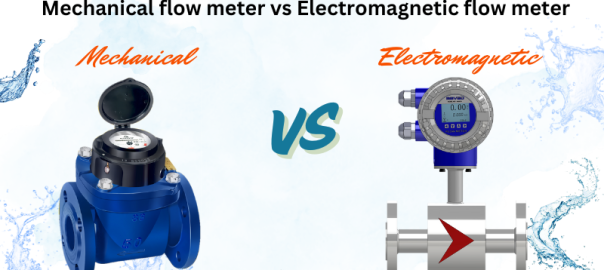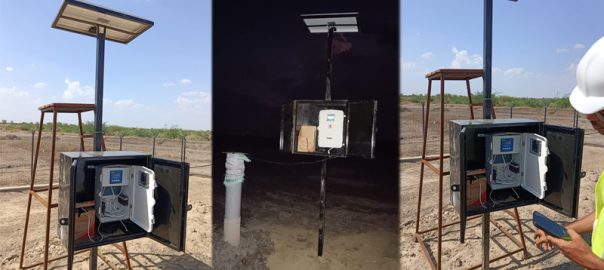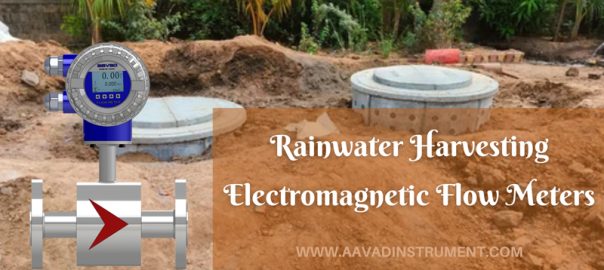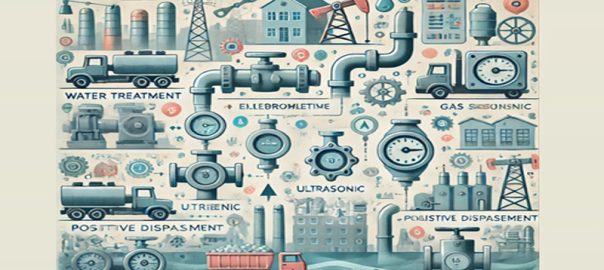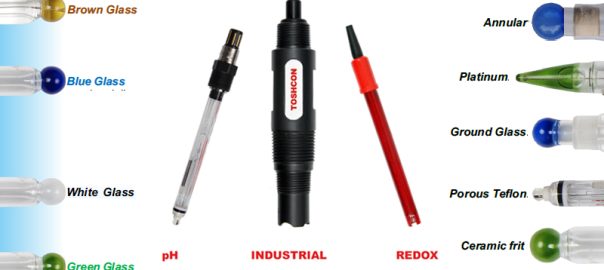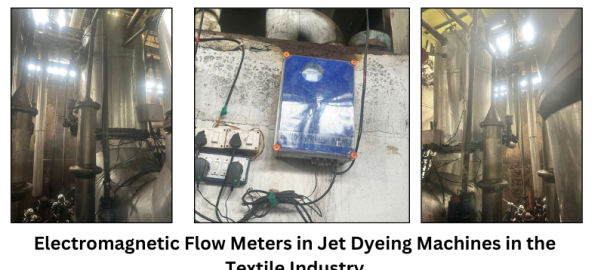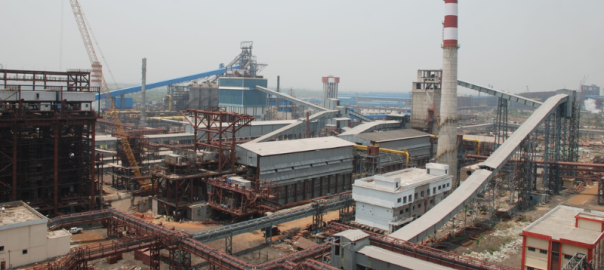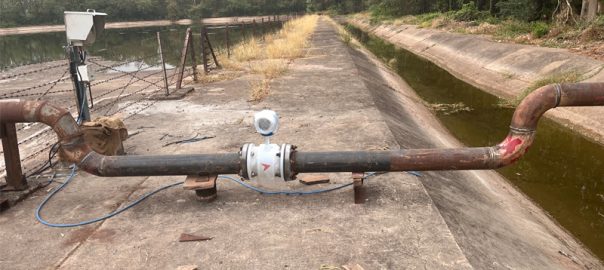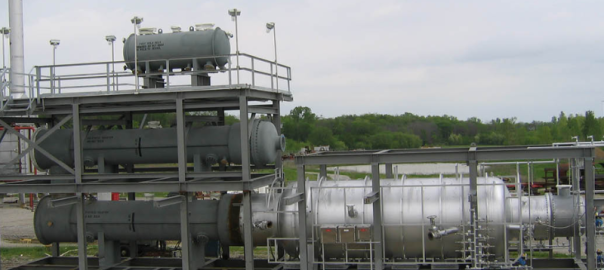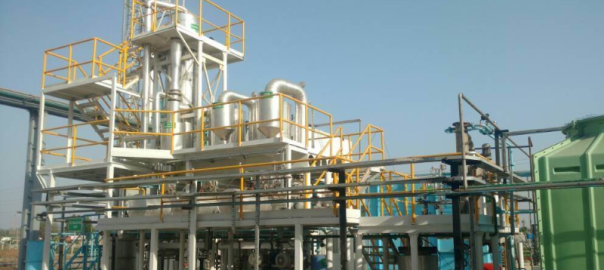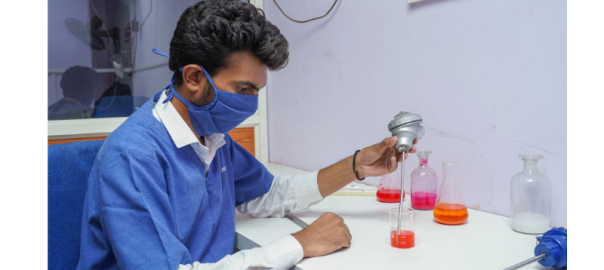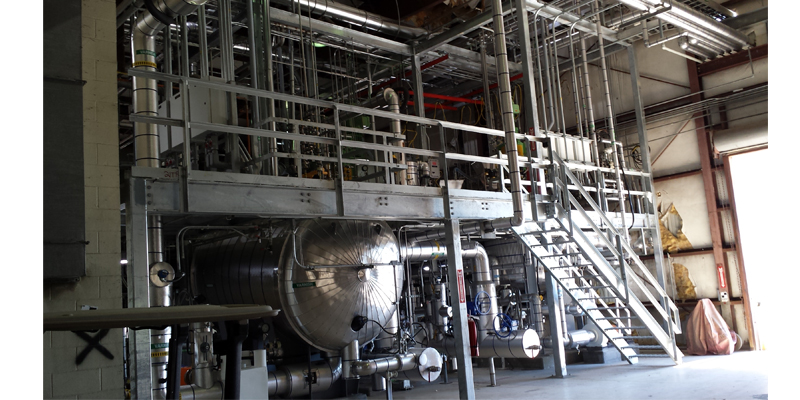
In chemical plants, maintaining precise control over reactor temperatures is of paramount importance for ensuring the safety, efficiency, and optimal performance of chemical reactions. Temperature monitoring plays a crucial role in detecting deviations, preventing hazardous situations, and improving process control. One of the widely used and reliable temperature sensing technologies in chemical plant reactors is the Resistance Temperature Detector (RTD). In this blog post, we will explore the significance of RTD sensors in chemical plant reactors and their advantages over other temperature sensing methods.
What are RTD Sensors?
Resistance Temperature Detectors (RTDs) are temperature sensing devices that utilize the principle of electrical resistance to measure temperature accurately. RTDs consist of a wire made of a pure metal (typically platinum, although other materials such as copper or nickel can be used) with a well-defined resistance-temperature relationship. As the temperature changes, the resistance of the wire also changes in a predictable manner, allowing for precise temperature measurements.
Advantages of RTD Sensors:
A. High Accuracy and Precision: RTDs offer excellent accuracy and precision in temperature measurement, making them ideal for critical applications in chemical plant reactors. Platinum RTDs, in particular, provide highly linear resistance-temperature characteristics, resulting in accurate temperature readings across a wide temperature range.
B. Stability and Longevity: RTDs are known for their long-term stability, meaning they retain their calibration and accuracy over extended periods. This stability is crucial in chemical plant reactors, where consistent and reliable temperature measurements are required for process control and safety.
C. Wide Temperature Range: RTD sensors can handle a wide range of temperatures, from extremely low temperatures to high temperatures exceeding 600 degrees Celsius. This versatility allows them to be used in various chemical processes and reactors, accommodating a broad spectrum of applications.
D. Immunity to Electrical Noise: RTDs are relatively immune to electrical noise, ensuring accurate temperature readings even in electrically noisy industrial environments. This immunity is vital in chemical plants where various electrical equipment and machinery are present, minimizing the risk of inaccurate measurements due to interference.
Integration with Process Control Systems:
RTD sensors can be easily integrated into the overall control system of a chemical plant, enabling real-time monitoring and control of reactor temperatures. The resistance values from the RTD sensors can be converted into temperature readings using appropriate algorithms and then transmitted to the control room for analysis and process adjustment. This integration facilitates efficient process control, early detection of temperature abnormalities, and timely intervention to prevent accidents or process deviations.
Safety and Regulatory Compliance:
Accurate temperature monitoring with RTD sensors enhances safety in chemical plants by enabling the detection of overheating or abnormal temperature conditions. Such early warnings can trigger safety systems, shut down the process, or initiate corrective actions, preventing catastrophic events and ensuring compliance with safety regulations and industry standards.
Types of RTD Sensors:
A. Wire-wound RTDs: Wire-wound RTDs are constructed by winding a resistive wire, typically platinum, around a ceramic or glass core. These sensors offer high accuracy and stability, making them suitable for precise temperature measurements in chemical plant reactors.
B. Thin-film RTDs: Thin-film RTDs consist of a thin layer of resistive material, such as platinum or nickel, deposited onto a substrate. They provide excellent linearity, fast response times, and high vibration resistance. Thin-film RTDs are often used in applications where space is limited or where rapid temperature changes occur.
Calibration and Accuracy:
RTD sensors require calibration to ensure accurate temperature measurements. Calibration involves comparing the sensor’s output to a known reference temperature using standardized techniques. Calibration certificates are provided by manufacturers to establish the accuracy of RTD sensors, allowing operators to apply correction factors if necessary.
Installation Considerations:
A. Sensor Placement: Proper sensor placement is crucial for obtaining accurate temperature readings. RTD sensors should be installed in a representative location within the reactor, away from heat sources or areas with low fluid flow. It is essential to consider factors such as thermal lag and the potential for coating or fouling of the sensor in selecting the installation point.
B. Sensor Protection: Chemical processes can expose sensors to corrosive or abrasive substances. To protect RTD sensors, they can be installed within thermowells, which are protective tubes that isolate the sensor from the process fluid while allowing for accurate temperature measurements.
Redundancy and Failure Detection:
To enhance reliability and safety, chemical plants may employ redundant RTD sensor systems. Redundancy involves installing multiple RTD sensors within a reactor, allowing for cross-validation and early detection of sensor failures or drift. Automated systems can compare the readings from redundant sensors and trigger alerts or corrective actions if discrepancies arise.
Maintenance and Troubleshooting:
Regular maintenance and calibration of RTD sensors are essential to ensure their continued accuracy and reliability. Scheduled inspections, cleaning, and verification of sensor connections can help identify potential issues and prevent unexpected failures. Troubleshooting techniques, such as resistance checks and comparison with reference sensors, can be employed to diagnose sensor malfunctions and initiate appropriate corrective measures.
Emerging Technologies:
While RTD sensors have long been the go-to choice for temperature monitoring in chemical plants, emerging technologies, such as fiber-optic temperature sensors and wireless temperature monitoring systems, are gaining traction. These technologies offer unique advantages, such as distributed sensing capabilities and remote monitoring, but their widespread adoption in chemical plant reactors is still evolving.
By leveraging the strengths of RTD sensors and staying informed about technological advancements, chemical plants can continue to improve safety, process efficiency, and overall productivity in their reactor operations.
Remember, implementing RTD sensors in chemical plant reactors requires careful consideration of process conditions, safety requirements, and specific application needs. Consulting with experts and adhering to industry best practices will ensure the effective utilization of RTD sensors and optimize reactor performance.
High-Pressure and Hazardous Environments:
Chemical plant reactors often operate under high-pressure conditions or handle hazardous substances. RTD sensors are designed to withstand these challenging environments. They can be manufactured with robust materials and construction to ensure resistance to corrosion, high pressures, and exposure to chemicals, making them suitable for use in such conditions.
Response Time and Dynamic Processes:
The response time of RTD sensors is an important consideration, particularly in reactors with dynamic processes or rapid temperature changes. While RTDs offer good accuracy, their response time can be slower compared to other sensor types, such as thermocouples. However, advancements in RTD technology have led to the development of fast-response RTDs that can provide quicker temperature measurements, allowing for better control and monitoring of dynamic reactions.
Calibration Verification:
Regular calibration verification is crucial to ensure the ongoing accuracy of RTD sensors. In addition to initial calibration, periodic verification against reference standards is necessary to detect any drift or deviation in the sensor’s performance. Calibration verification can be performed using specialized equipment or by comparing the readings of multiple sensors installed within the same reactor.
Integration with Process Safety Systems:
Integrating RTD sensors with process safety systems adds an additional layer of protection. In case of temperature excursions or critical deviations, the safety system can trigger alarms, activate emergency shutdowns, or initiate other safety measures to mitigate potential risks and protect personnel and equipment.
Remote Monitoring and Data Logging:
In modern chemical plants, remote monitoring and data logging capabilities are becoming increasingly important. RTD sensors can be connected to a centralized control system or a distributed control network, allowing for real-time temperature monitoring from a central location. Additionally, historical temperature data can be logged and analyzed to identify trends, optimize processes, and facilitate predictive maintenance.
Compliance with Regulatory Standards:
Chemical plant reactors are subject to various regulatory standards and guidelines, such as those set by occupational safety and health administrations or environmental agencies. RTD sensors, when properly installed and calibrated, can help chemical plants meet these compliance requirements by providing accurate and reliable temperature measurements, which are essential for process safety and environmental protection.
Maintenance Planning and Predictive Analytics:
The data collected from RTD sensors can be used for maintenance planning and predictive analytics. By analyzing temperature trends, deviations, and sensor health, maintenance schedules can be optimized, minimizing downtime and improving overall maintenance efficiency. Predictive analytics can also enable the detection of potential issues or abnormal temperature patterns that may indicate the need for proactive maintenance or process adjustments.
Continuous Improvement and Optimization:
Utilizing RTD sensors in chemical plant reactors provides an opportunity for continuous improvement and optimization of processes. By closely monitoring and analyzing temperature data, operators can identify areas for process optimization, energy efficiency improvements, or the need for process modifications to achieve better yields or product quality.
In summary, RTD sensors offer numerous benefits in chemical plant reactors, including their high accuracy, stability, and wide temperature range. Their integration into process control systems, their ability to withstand harsh environments, and their role in ensuring compliance with safety regulations make them indispensable tools for the efficient and safe operation of chemical plant reactors.
Resistance Temperature Detectors (RTDs) are invaluable tools for monitoring temperatures in chemical plant reactors. Their high accuracy, stability, wide temperature range, and immunity to electrical noise make them reliable and trusted sensors in critical industrial environments. By integrating RTD sensors into process control systems, chemical plants can achieve enhanced safety, improved process control, and optimized reactor performance. With their proven track record, RTD sensors continue to be a preferred choice for temperature measurement in the chemical industry, contributing to the overall efficiency and safety of chemical plant operations.

